#135 The Problem With Nutri-Score
Here's what it REALLY means
If you’ve been in a supermarket lately, you might have noticed these colorful stickers that go from A to E.
This is the Nutri-Score. It’s a traffic light coded scale that's designed to inform shoppers how healthy something is at first glance.
It’s fundamentally an incredible idea. I hate how we have to prune through the ingredients list of every product since labels and claims don’t mean much anymore.
You can have the most beautiful fonts and “organic” slapped on the packaging only for canola oil to greet you in the ingredients list. So yes, I completely dig the idea but my word, has the execution been terrible.
The fact that pure orange juice (as seen in the picture above) is given a C rating shows you there’s something viscerally wrong with this system. The thing with Big Food initiatives like this is that you don’t know their true intentions. You don’t know whose hands were greased by execs who want a higher score on their products. We just can’t trust it without more knowledge, so let’s dive deeper into their formula and inspect it for what it is.
So the way the Nutri-Score works is that it’s a scale. If there’s something deemed bad, negative points are awarded. Something good, positive points. The key word here is something that’s DEEMED bad by the Nutri-Score overlords. This could be the fact that it’s part of a specific food group or the ingredients contained within the product itself.
“Negative” Points:
Energy (yes, calories are BAD! it’s insane…)
Saturated fat
Sugar
Sodium
“Positive” Points:
Fruits
Vegetables
Legumes
Nuts
Fiber
Protein
The negative points are on a scale of 0 to -10 points and positive points are on a scale of 0 to 5. Negative points are used in the formula as positive integers. This results in a band of -15 to 40 that each food is awarded with.
Final score = (Negative points) - (Positive points)
Category A (dark green): score ≤ -1
Category B (light green): score 0-2
Category C (yellow): score 3-10
Category D (orange): score 11-18
Category E (red): score ≥ 19
How did something like this seep into our world? It baffles me. It’s so bad that it’s useless. You end up with freshly pressed orange juice getting a C rating because “sugar bad” and a highly processed box of canola oil granola cereal rated A because it’s low calorie and full of artificial sweeteners, dyes banned in Europe and industrial seed oils.
Dismantling the “Negatives”
Energy
Penalizing food just because it has calories is stupid. Imagine explaining a concept like this to human beings a few hundred years ago.
“Yeah, so we have unlimited food in this huge air-conditioned room and this is rated worse because it fills you up more”.
It doesn’t make any sense at all.
Sure, nobody wants to consume a 1,200 calorie high fructose corn syrup milkshake that would oneshot an uncontacted tribesman but ANY self respecting nutrition label would not penalize calories.
You’re running on the notion that the more calorie dense something is, the worse it is for you. Well, some of the most calorie dense foods are some of the most nourishing foods in the world. Think raw honey. French butter. A fatty ribeye. Calories are not inherently bad for you.
Thinking this way promotes an unhealthy relationship with food and is a slippery slope to developing an eating disorder. You want to be conscious of the calories you’re consuming, but the quality of the calories you consume matter more than sheer quantity.
Saturated Fat
The myth has been debunked for some time now. Saturated fat does not cause heart disease. Especially when you consume high quality protein sources from red meat that's been cared for properly. Instead, saturated fats are really good for us, especially on a hormonal level. To demonize it is to neglect your very own health. And let’s not even get started about cholesterol. Dietary cholesterol is not associated with cholesterol levels in the blood. But hey, that’s a Substack for another day.
Sugar
Sugar isn’t the enemy. Especially so when it’s from fruit and extracted from things like sugarcane. Sugar in moderation is absolutely fine and there’s nothing wrong with it. Our brain NEEDS sugar to survive.
What we should be avoiding is Frankenstein creations such as high fructose corn syrup and highly processed food that’s been injected with way more sugar than the average human being should consume.
Sodium
You don't have to fear sodium. It's a crucial mineral for our bodies. Simply penalizing something because it has sodium isn't smart at all. Again, you're painting everything with the same brush. In fact, not having enough sodium is actually dangerous. Yes, we shouldn’t consume garangtuan doses of sodium from ultra processed garbage but we shouldn’t be penalizing sodium as a metric in of itself.
The heart literally needs salt to pump blood. Salt facilitates digestion. It’s crucial for bone development. Key for communication between cells & communication between nerve impulses and our organs.
Discussing the “Positives”
Why are we awarding points just because something is a fruit, nut or legume? Or the fact is has more fiber? More protein?
These are just different food groups that may or may not be healthy. It ultimately depends on HOW you are preparing them and how you’re putting everything together. Are you soaking the legumes? Properly preparing your oatmeal? Getting high quality protein sources?
These are the questions you have to ask yourself. Not simply classifying something as healthy just because it's a nut. It's entirely backward. You would really get more of an idea from micronutrients instead of macronutrients. You organize your macronutrients for body composition and improved health that comes from not having excess subcutaneous fat. You prioritize your micronutrients so your insides work best and minimize the storage of visceral fat.
When you prioritize MICRONUTRIENTS and the very ingredients you’re consuming, you minimize the chances of:
insulin resistance
mitochondrial disfunction
crashing your metabolism
neurological and cognitive impairment
leaky gut
constant brain fog
hormonal disruption
impairing general immunity
inflammation → accelerates aging
poor tissue quality in the long run (you are what you eat)
joint pain
low libido
The WARKITCHEN Nutri-Score
If I were to come up with a similar sort of traffic light system, I'd look for the following.
Real Negatives:
Seed oils (Canola oil, rapeseed, etc)
Artificial Dyes (Red 40, Yellow 5, etc)
Refined Sugar (HFCS, etc)
Gums, Emulsifiers (Soy lecithin, Xanthan Gum, etc)
Highly Ultra-Processed
Real Positives:
Grass-fed, Grass-finished
Raised in their natural environments
Pesticide-free
Plastic-free
Prepared properly (activated nuts, sprouted grain, etc)
What else would you include?
The Nutri-Score is a Failure
The worst part about the Nutri-Score is that it hurts those who simply don’t know. The kid who reaches for the artificially sweetened energy drink over the fresh juice. The grandmother who picks the seed oil laden snack. They’re the ones who are particularly hit.
In my opinion, we don't need any more of these fancy labels on our food. They don't mean anything anymore. First it was "healthier-choice" stickers, now we're having these weird ranking labels. Before we know it, we’re going to have our foods covered in words and labels that we just can’t make sense of.
The solution is to stock more REAL FOOD on our shelves. It's as simple as going back to our roots as a species and identifying what we can classify as food and what's poison. This is why I’m incredibly behind this new wave of food and snacks that are good for us. We’re human beings. We can eat everything. It just needs to be made with whole foods and prepared the right way. A revolution is open us, I feel it.
P.S. It’s great to see countries like Italy fight against the Nutri-Score. I mean, when you label Parmigiano Reggiano orange, there’s bound to be resistance.
Peak Sunday
What does your perfect Sunday look like?
Curate your world
Butter or olive oil?
Eat yellow
You need to be eating more yellow
❋ PARMESAN ICE CREAM WITH GREEN APPLE AND ELDERFLOWER HONEY
Don't be afraid of this. It's an amazingly delicious sweet-creamy, slightly cheesy, salty and decadent experience. It's nothing new but it was a new flavor for me and I had to try it. I think it will be something I crave occasionally from now on! You probably have all these ingredients on hand and it's ridiculously simple to make.
❋ LORO PIANA’S LINEN-INFUSED SS25 COLLECTION IS A TEXTURAL DELIGHT
This year, Loro Piana has been commemorating its century-long legacy through a contemporary reimagination of its classic silhouettes, material blends, and craftsmanship techniques in various collections. As it builds on this heritage focus, the luxury Italian maison unveils a plush and textural Spring/Summer 2025 range where one particular material plays the starring role: linen.
A seasonal favorite in Loro Piana’s portfolio, linen has widely contributed to its renowned reputation in fine fabrics. Having acquired the heritage textile maison Solbiati ten years ago, it continues to innovate through new ways of manipulating and refashioning the material for modern-day wardrobes. As seen in this season’s collection, its latest experimentations come into play in a number of garments where it’s blended with other heirloom fibers for textural complexity.
Panna cotta, a dessert usually associated with high-end dining crafted by pastry chefs, has a delightful secret: it's incredibly simple to recreate at home. This no-bake Italian custard is unencumbered by eggs or heat from the oven, resulting in an amazingly creamy texture and super vibrant vanilla bean flavor.
This panna cotta recipe is extra decadent and achieves the perfect consistency thanks to a special ingredient and proper preparation technique. Think "vanilla" is bland or boring? You won't after tasting this.
Panna cotta is versatile and can be dressed up (maybe with some lemon curd, or strawberry pie filling or caramel) for an elevated after-dinner sweet or kept simple and cozy for an everyday dessert.
❋ Read our latest WARKITCHEN magazines:
❋ Get your copy of Optimal Fuel: Your Nutrition Playbook here. It's a cookbook and nutrition guide — all in one. All proceeds go towards an outrageous amount of hearty ribeyes and raw honey!
❋ If you’d like to contribute an article or sponsor a future issue, please send your pitch to rocky@warkitchen.net.
❋ Explore the full WARKITCHEN archive here.
❋ Adding us (rocky@warkitchen.net) to your contacts, or moving us to primary, will make sure you continue receiving these emails.





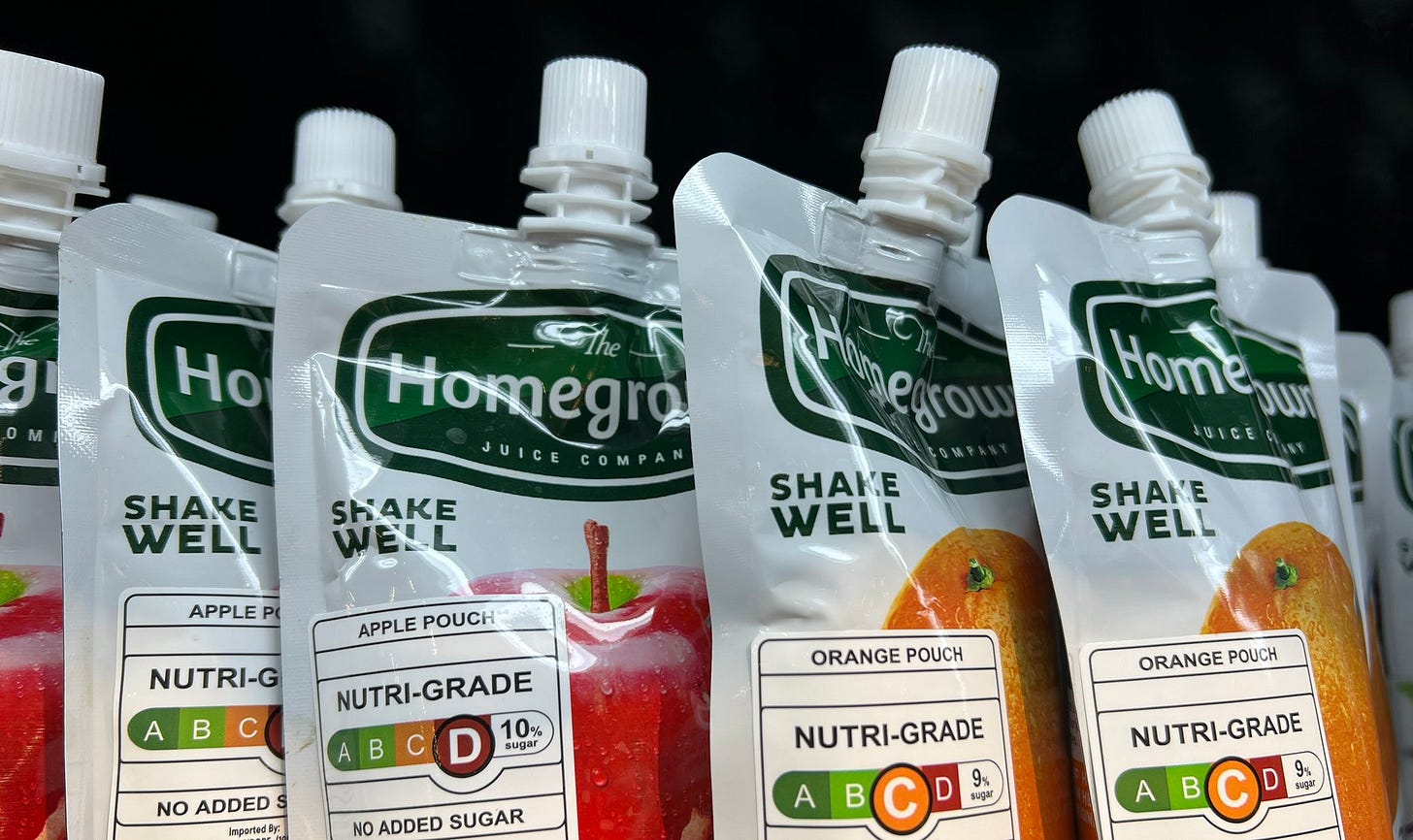
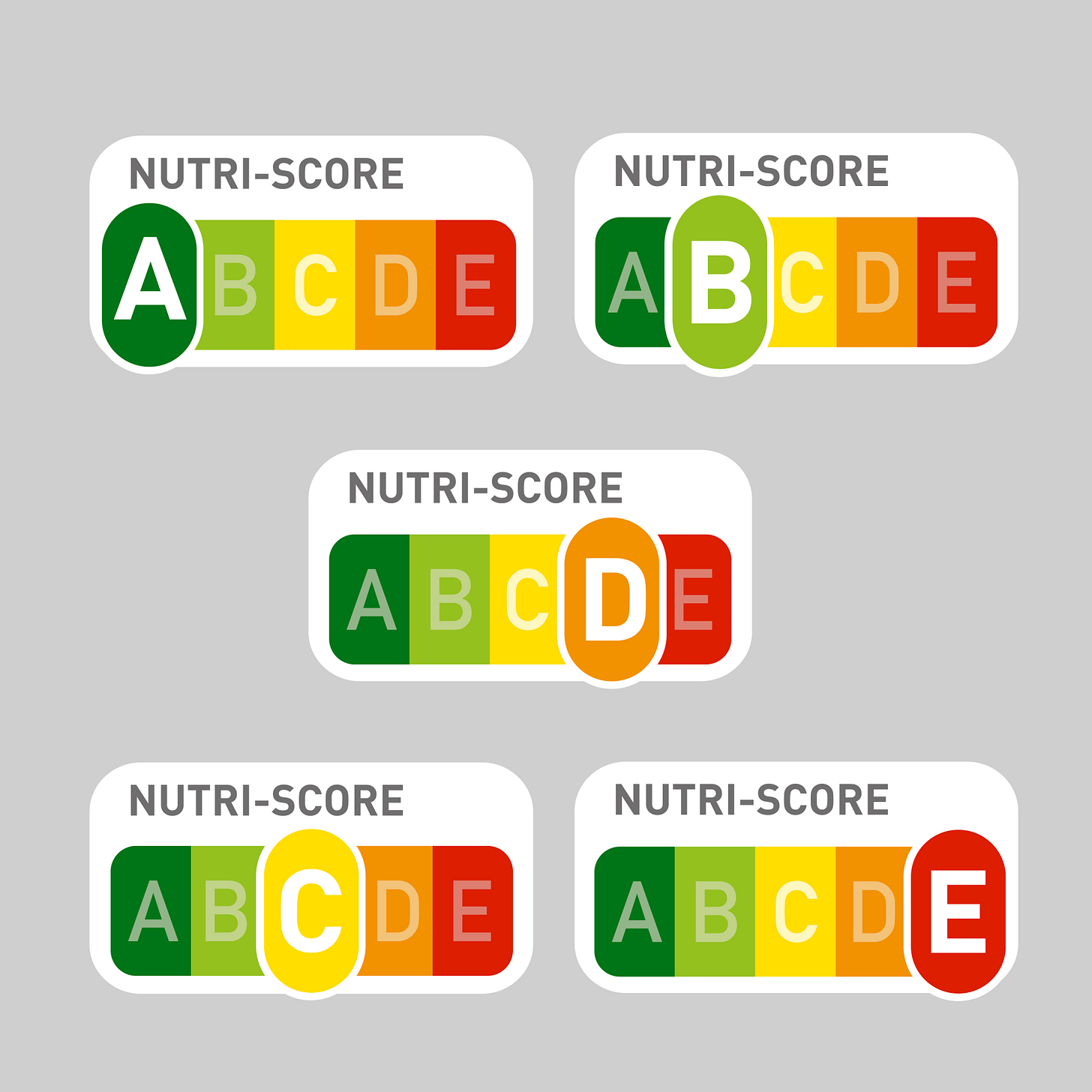


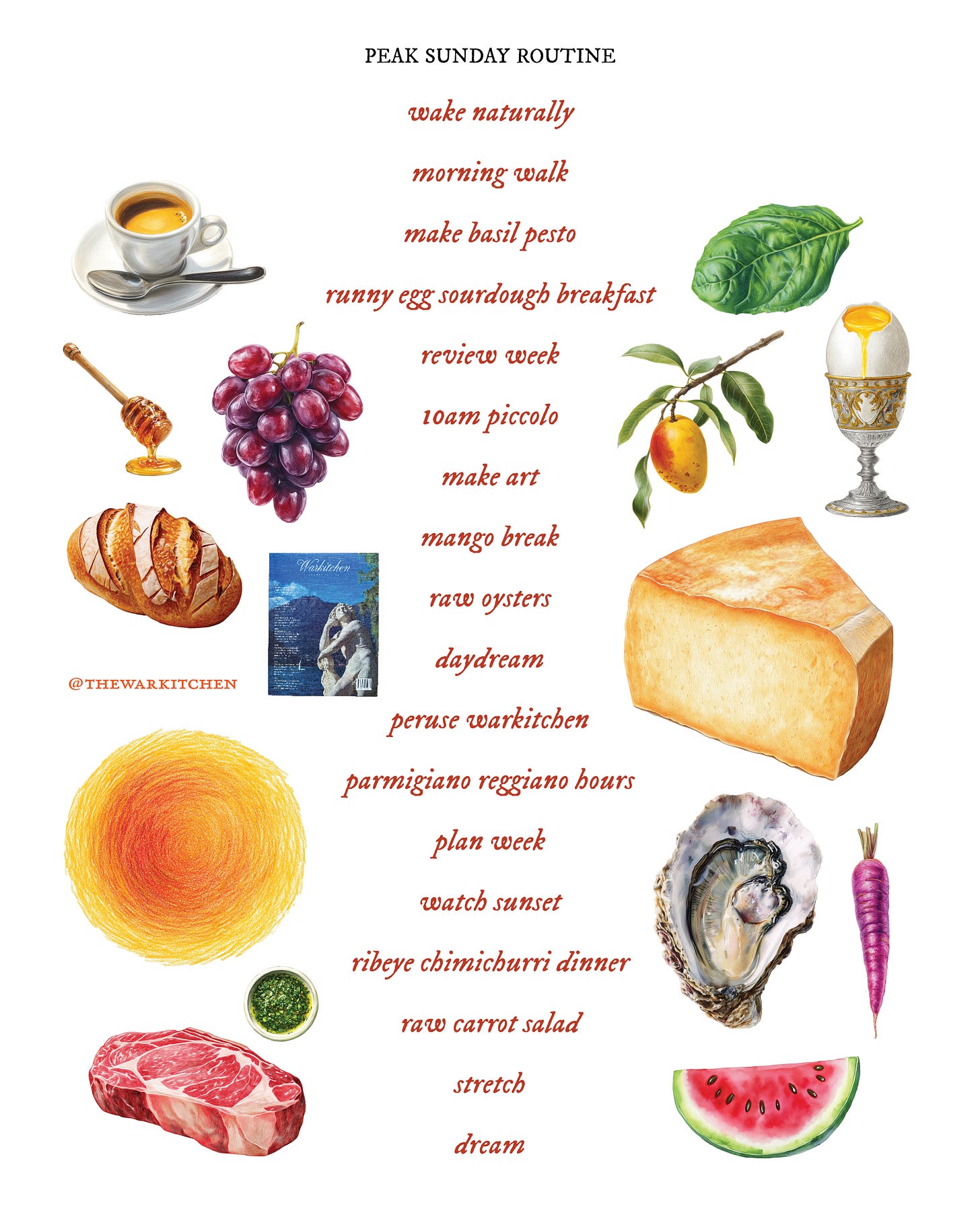


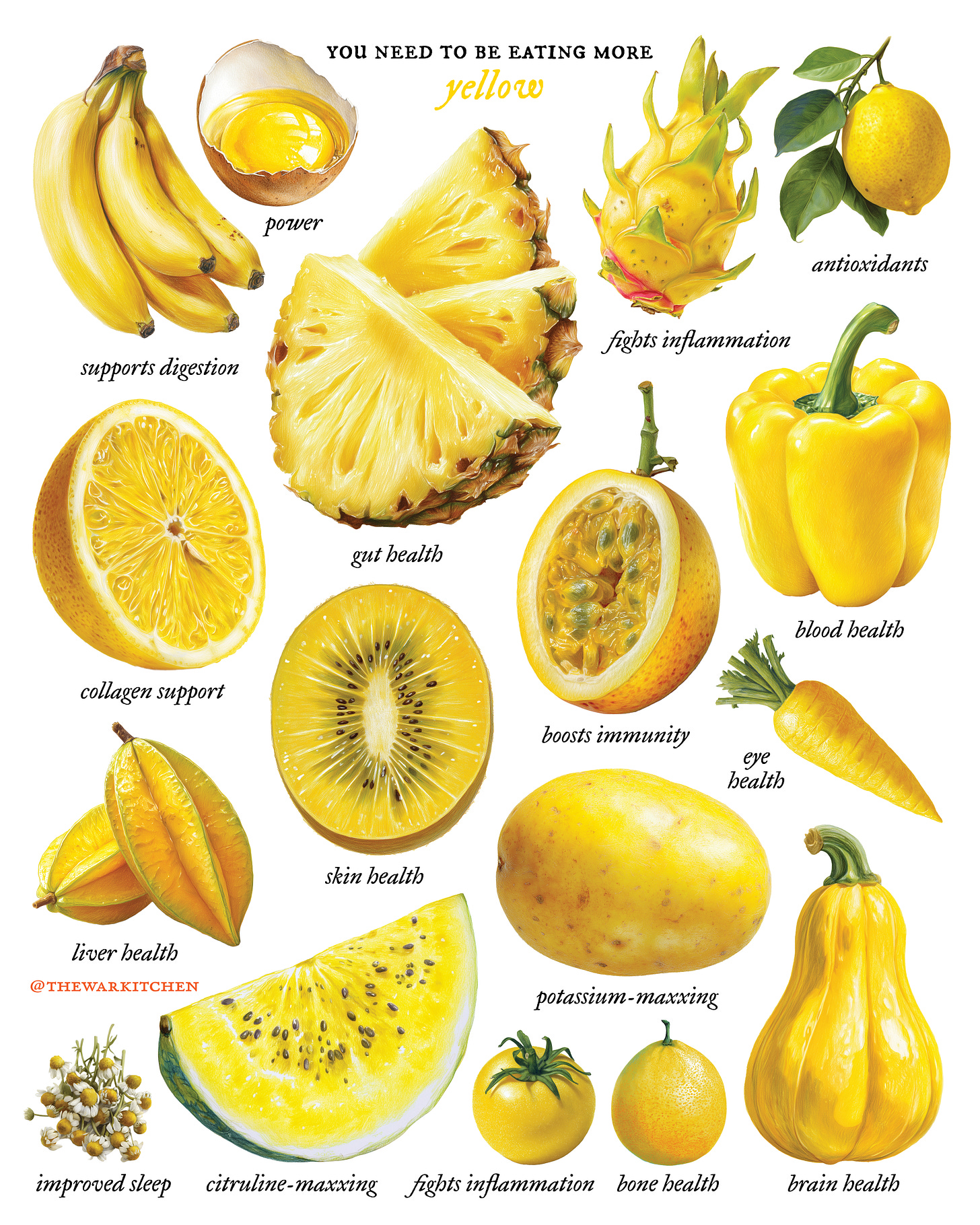

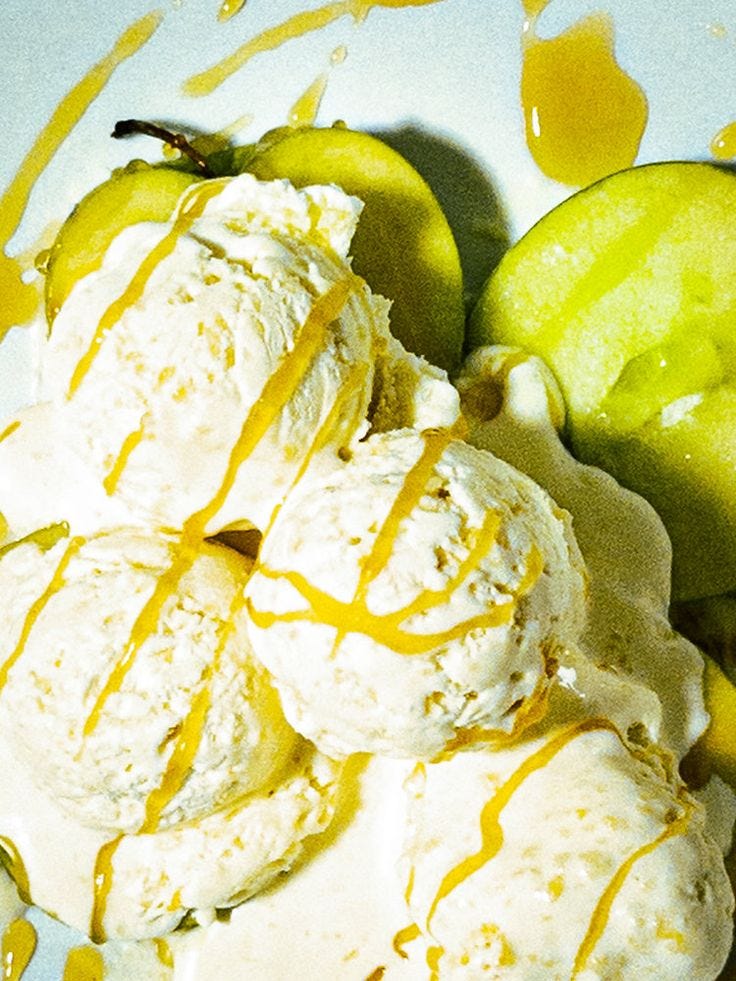


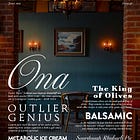


At this point if you don’t know you should eat food—animals and plants and not out of box, and listen to any sort of “official” ratings it’s on you. This is not rocket science and people need to take some responsibility with their food intake.